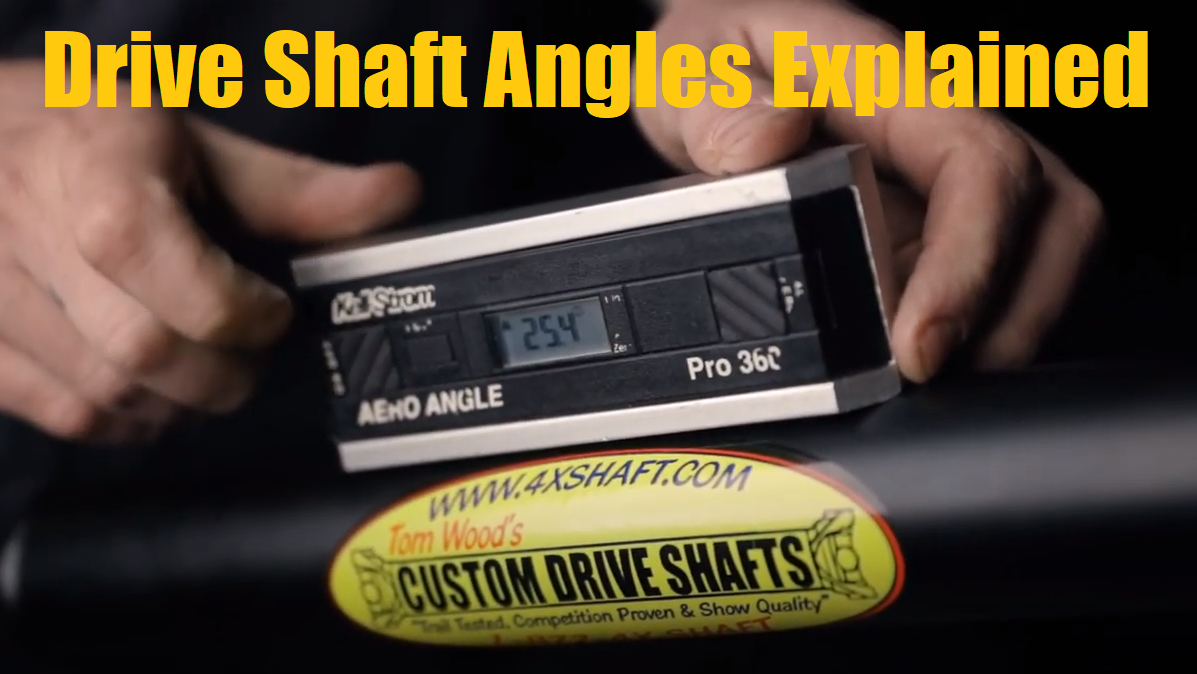There are two ways for you to get the angles right.
1. install a slip yoke eliminator and adjust the pinion so that it points towards the transfer case (in-line with the drive shaft).
2. remove your lift and lower the Jeep.
I know you said that option 1 is planned but not in the cards at the moment. I know that option 2 is not a realistic option. So what do you do now? Mainly you just have to accept that the angles are wrong and do what you can to get them as close to right as possible. In your case, I think that means leaving things the way they are. For the stock type shaft to work correctly, two parameters need to be met. One is that the transfer case and pinion are parallel to each other. The other is that the joint angle at each end is less than 10 degrees. If you ship the pinion down you will be making things parallel but you will be making the second thing, the joint angles, much worse. This is because you will be lowering the bottom end of the drive shaft thus significantly increasing the angle of the drive shaft itself.
More on that here:
At Tom Wood’s Custom Drive Shafts, we're your go-to source for all your Jeep driveshaft needs. We offer high-quality 4x4 driveshaft products and components to fit various Jeep models, including the Jeep CJ, Jeep JK, JL, and others. One crucial component found on many Jeep types, such as the YJ...

4xshaft.com
You can also learn even more about proper geometry on this second page. There's a lot of overlap in the videos but the second one is more in depth about what works, when, and why.



